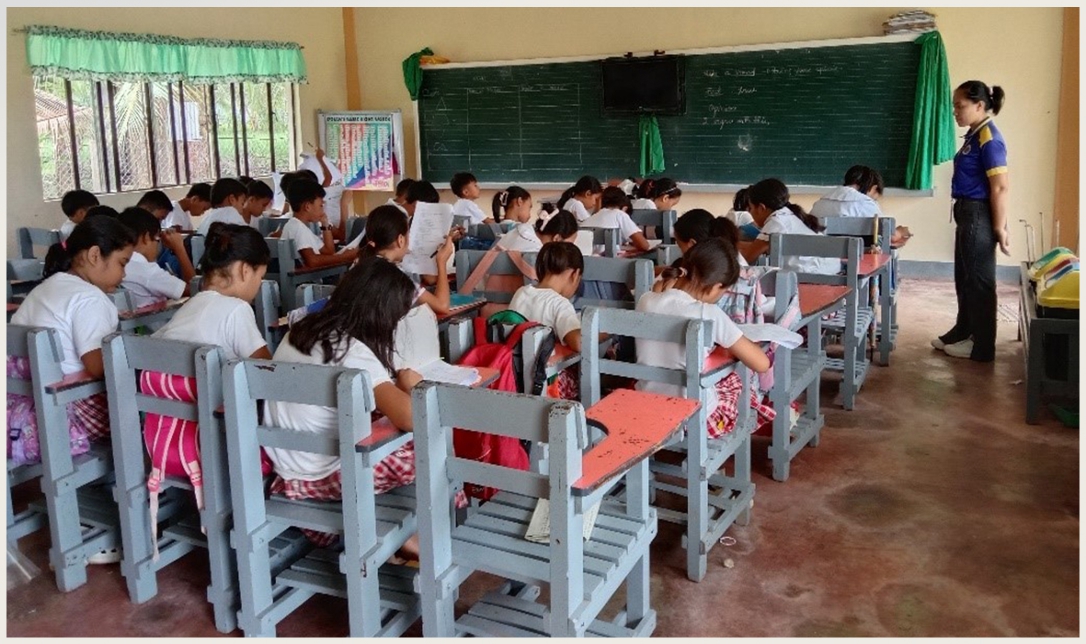Enhancing reading comprehension in Araling Panlipunan of Grade 5 learners through differentiated instruction
DOI:
https://doi.org/10.59120/drj.v15i4.276Keywords:
Differentiated instruction, multiple intelligences, learning style, Araling Panlipunan proficiency, reading comprehension skillsAbstract
The lack of instructional resources and reading comprehension skills in Araling Panlipunan education resulted in significant learning gaps among elementary-grade students. This study aimed to test the effectiveness of differentiated instruction in closing these gaps in Araling Panlipunan among fifth-grade students. The experimental sampling method research design was utilized through tutorial classes where the respondents received differentiated instruction based on multiple intelligences and learning styles. Aiken's V coefficient method and Cronbach's alpha were used to ensure the validity and reliability of the research instrument. The validation process achieved a result of 0.92, which signifies high validity. Additionally, the reliability test used Cronbach's alpha, obtaining a score of 0.60. The results indicated significant progress in the experimental group's performance in reading comprehension skills after implementing differentiated instruction. The experimental group's mean post-test score, 16.10, suggests an outstanding level of performance. This underscores the effectiveness of differentiated instruction in enhancing reading comprehension skills among Grade 5 pupils. Hence, educators are encouraged to utilize differentiated instruction to enhance the learners' reading comprehension.
Downloads

Downloads
Published
Issue
Section
License
Copyright (c) 2024 Vima R. Langcuyan, Ivy C. Lopez, Mary Lovely Suzzeth P. Mendez

This work is licensed under a Creative Commons Attribution-NonCommercial 4.0 International License.
DRJ is an open-access journal and the article's license is CC-BY-NC. This license allows others to distribute, remix, tweak, and build on the author's work, as long as they give credit to the original work. Authors retain the copyright and grant the journal/publisher non-exclusive publishing rights with the work simultaneously licensed under a https://creativecommons.org/licenses/by-nc/4.0/.





